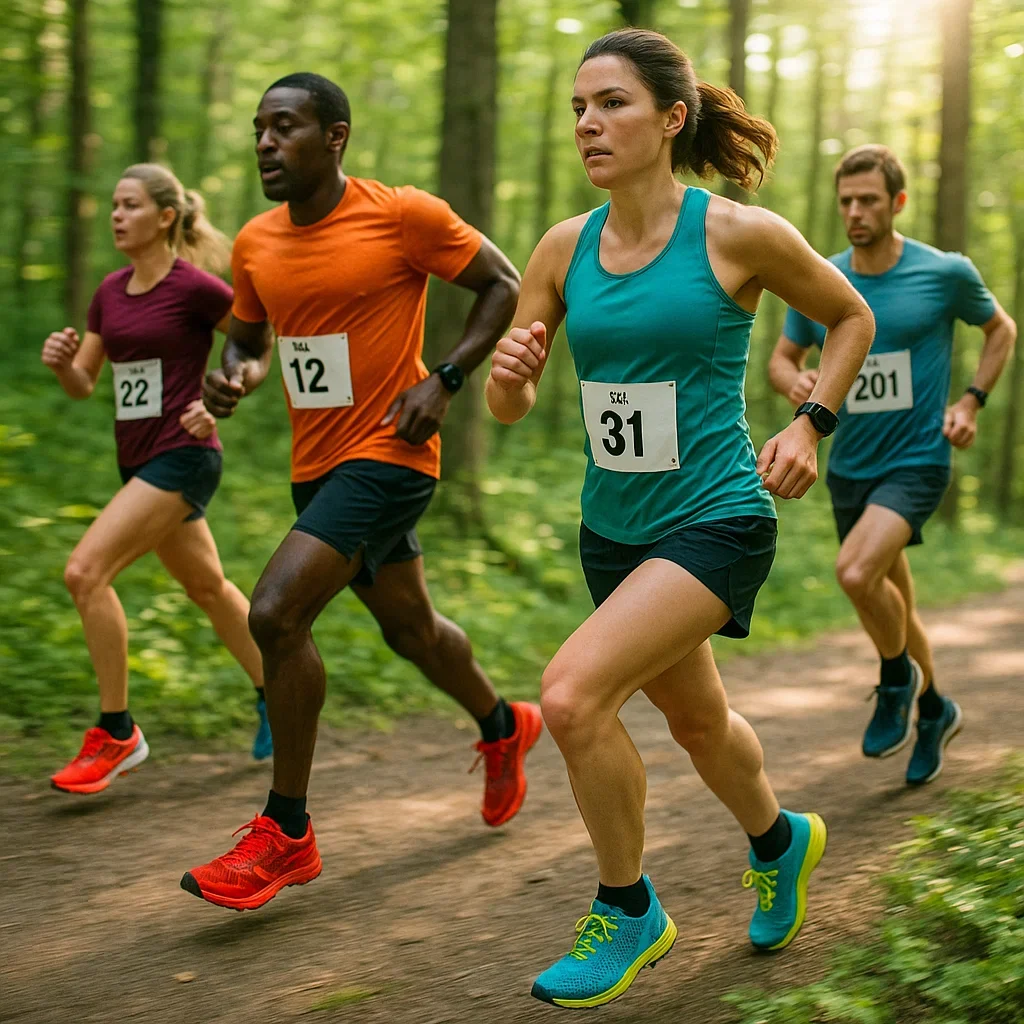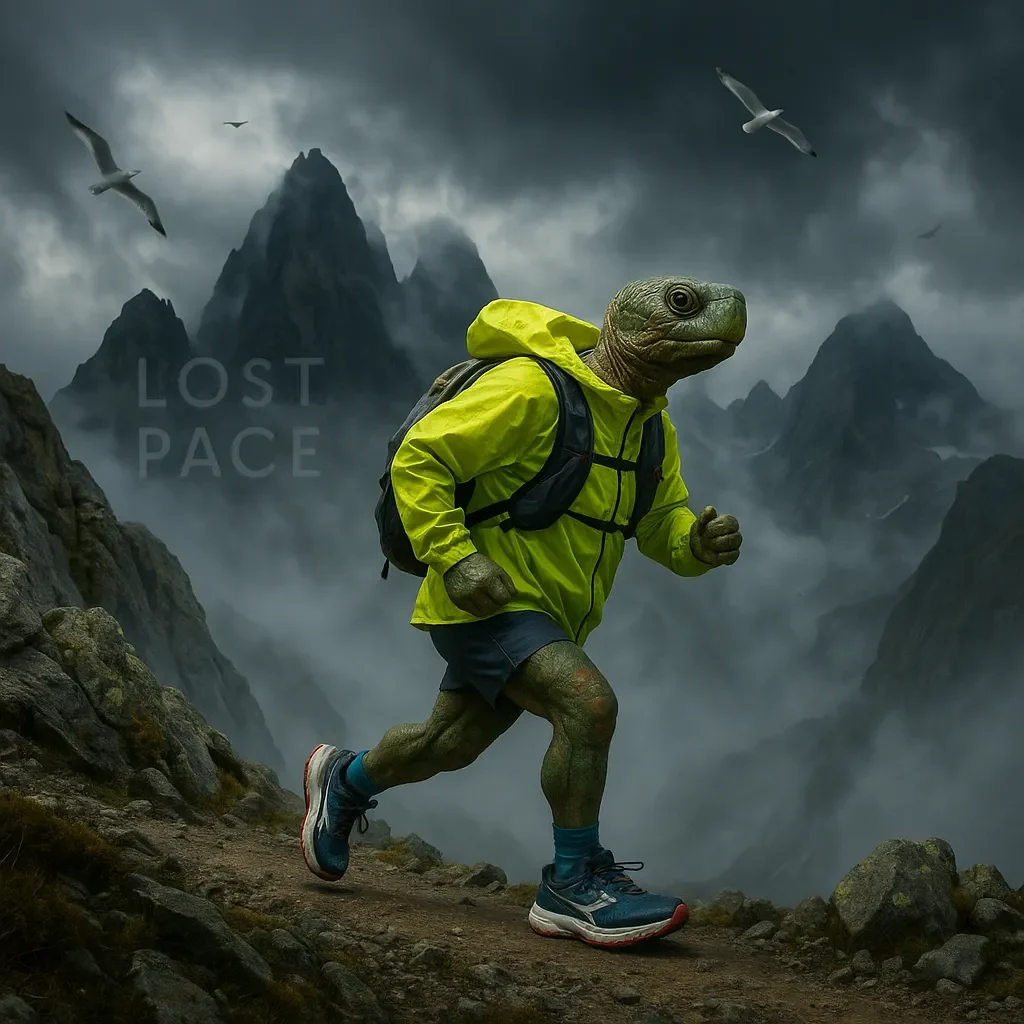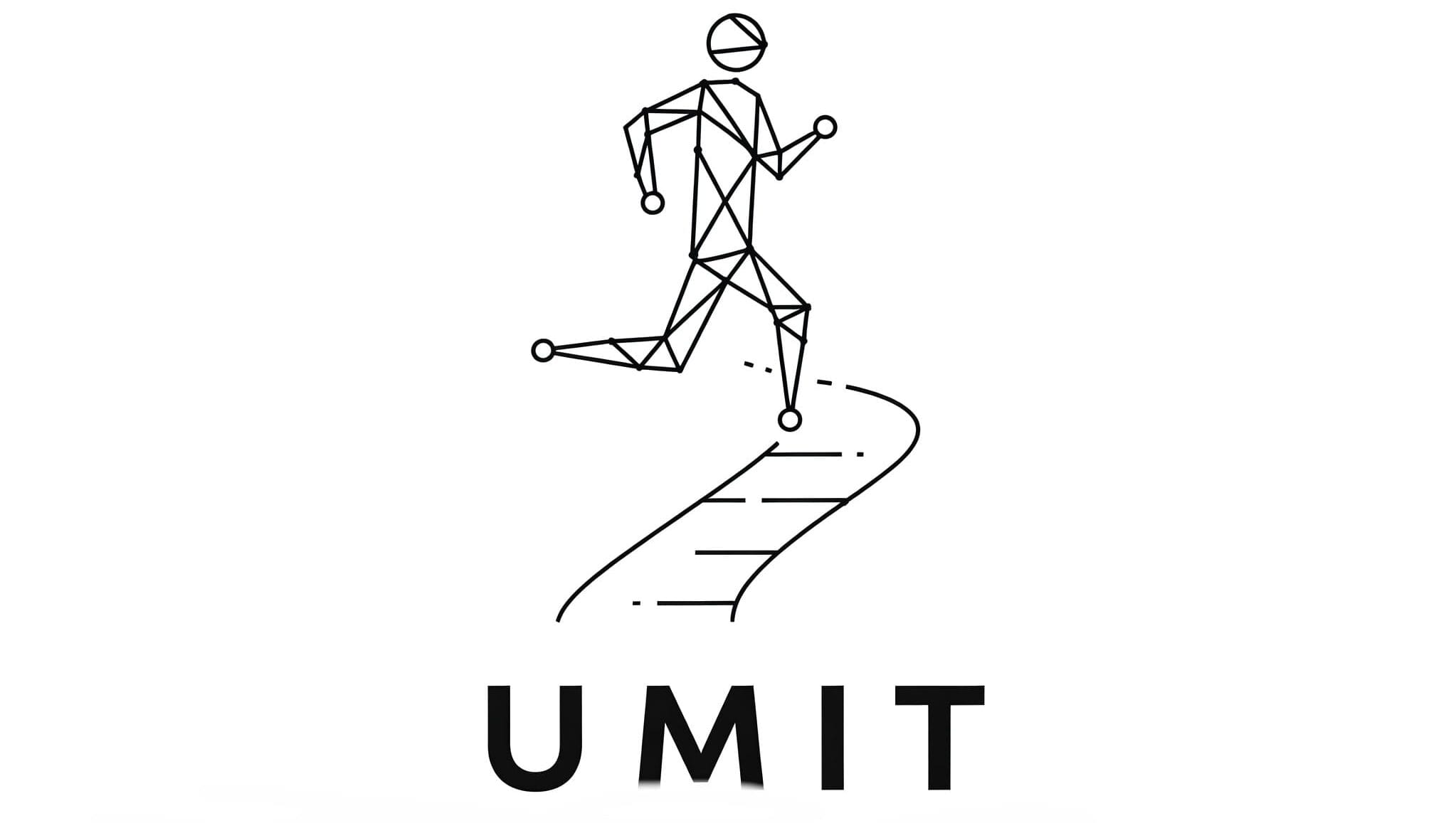Looking to fly through your next 20K or 40K trail race? Lightweight trail running shoes are engineered for speed, agility, and pure joy on the move. Whether you’re pushing for a podium, chasing your personal best, or just want to enjoy long runs without sore, tired legs, this in-depth guide breaks down the real benefits, model comparisons, science, user stories, and expert tips for sub-ultra distance runners ready to level up.
For the main pillar guide, see Best Trail Running Shoes for Sub-Ultra Distances
⚡ Why Lightweight Shoes Matter for Sub-Ultra Trail Races (20–49 km)
On technical trails, every gram counts. For distances up to 50K, a lighter shoe means more energy for climbs, less fatigue on descents, and a snappier, more responsive ride—especially when racing. Even for non-competitive runners, light shoes make every kilometer more fun and less taxing.
- Reduced Energy Cost: Scientific studies show each 100g of shoe weight adds up to 1% to your running energy cost. In a 30K race, that’s several minutes lost!
- Agility on Technical Terrain: Lightweight shoes let you dance over rocks, dodge roots, and accelerate on descents with confidence.
- Lower Cumulative Impact: Your legs and feet endure thousands of extra “kicks” in 20–49 km. A lighter shoe means less cumulative strain and muscle fatigue by the finish line.
- Race Day Feel: Many top runners save their lightest, fastest shoes just for race day—giving both a psychological and physical boost.
🧬 What Makes a Trail Shoe Lightweight?
Lightweight trail shoes (under 260g per shoe, US men’s 9) combine advanced materials, minimal overlays, and performance-focused design to keep weight low and speed high. Let’s break down what to look for:
- Minimalist Mesh Uppers: Quick-drying, airy, and flexible, often reinforced only where needed.
- Trimmed-Down Cushioning: Enough midsole foam for comfort, but not so much as to feel “spongy.”
- Sleek Outsoles: Grippy, but with fewer/lighter lugs than deep-mud or winter shoes.
- Simple Lacing Systems: Quick-lace, flat laces, or no extra overlays to save every gram.
| Feature | Lightweight Shoe | Standard Shoe |
|---|---|---|
| Weight (Men’s US 9) | 175–250g | 270–340g |
| Stack Height | 18–26mm | 25–35mm |
| Protection | Moderate, key areas only | Full-foot, more bulk |
| Upper Material | Open mesh, thin overlays | Dense mesh, more overlays |
| Outsole | Light lugs, sticky rubber | Deep lugs, more material |
🥇 Top 10 Lightweight Trail Running Shoes for Sub-Ultra (2025)
| Model | Weight | Best Use | Notable Feature |
|---|---|---|---|
| Salomon S/LAB Pulsar 3 | 176g | Technical, fast racing | Snug fit, explosive acceleration |
| Hoka Zinal 2 | 204g | Mixed, technical, agile | Sticky outsole, great rebound |
| Inov-8 Trailfly G 270 | 235g | Muddy, rocky, grip | Graphene outsole, zero drop |
| Altra Superior 6 | 228g | Wide feet, natural ride | Zero drop, flexible sole |
| Brooks Catamount 3 | 235g | Non-technical, speed | DNA Flash foam, plush feel |
| Adidas Terrex Speed Ultra | 245g | Fast trail marathons | Lightstrike foam, speed lacing |
| New Balance Fresh Foam Hierro v7 | 258g | Comfort, multi-surface | Soft cushioning, Vibram grip |
| Scarpa Spin Ultra | 265g | Mountain, fast ultras | Secure fit, toe protection |
| Merrell MTL Skyfire 2 | 199g | Short races, agility | Quick-dry mesh, flexible sole |
| La Sportiva Kaptiva | 250g | Technical, mountain racing | Stable, snug, sticky rubber |
- Salomon S/LAB Pulsar 3: Ultimate featherweight for pure speed—race-day weapon for technical sub-ultras. Sock-like upper, instant response.
- Hoka Zinal 2: All-rounder for technical and rolling terrain. Cushioning-to-weight ratio is unbeatable; smooth even at 40K.
- Inov-8 Trailfly G 270: For runners who want ultra-grip in mud, roots, and rocks. Wide, zero-drop, and built to last.
- Altra Superior 6: For natural running fans—zero drop and ultra-flexible. Best for those with strong feet and wide toe needs.
- Brooks Catamount 3: DNA Flash foam makes it soft but still light—excellent on non-technical, rolling trails.
- Adidas Terrex Speed Ultra: Fast, responsive, great for marathon pace trail efforts, but less protective on sharp rock.
⚖️ Lightweight vs Cushioned vs Minimalist Shoes: Which Should You Pick?
| Type | Best For | Drawbacks |
|---|---|---|
| Lightweight | Speed, technical terrain, racing, strong feet | Less protection, may feel harsh after 35K |
| Cushioned | Comfort, long easy runs, mild technical, injury-prone | Heavier, less “connected” to trail |
| Minimalist | Proprioception, agility, short races, strong foot muscles | Very little protection, adaptation required |
- When to choose lightweight: If your priority is speed, agility, and you’re comfortable with less underfoot “luxury.”
- When to skip lightweight: If you’re prone to bruising, new to trail running, or racing the upper end of sub-ultra (45–49 km) on rocky ground.
🔬 Is It Worth Sacrificing Protection for Speed?
Lighter shoes usually mean less rock plate, thinner foam, and more direct trail feel. For runners with tough feet, good agility, and technique, this can be a huge plus. For others, especially on sharp-rocked routes or long downhills, some extra protection is worth the extra weight. Tip: Many advanced runners train in heavier shoes and switch to lightweight for races only.
❌ 5 Common Mistakes When Choosing Lightweight Trail Shoes
- Going too light, too soon: Jumping from plush trainers to featherweight racers without adaptation risks injury.
- Ignoring fit: Lightweight shoes are often narrower—try before you buy, especially if you have wide feet.
- Neglecting foot strength: Strong feet/calves are key; add barefoot or single-leg exercises to your plan.
- Underestimating protection: Thin shoes on rocky, technical descents can cause stone bruising or fatigue.
- Skipping break-in: Wear them on short runs before race day—new light shoes stretch and settle quickly.
🏋️♂️ How to Adapt Your Feet & Legs for Lightweight Shoes
- Start with 1–2 short runs per week in your new shoes.
- Strengthen calves and arches with single-leg hops, barefoot drills, or resistance band work.
- Increase mileage gradually—no more than 10% per week.
- Use taping or thin socks to prevent blisters while adapting.
- Rotate with cushioned shoes to avoid overloading small muscles.
Pro Tip: Downhill trail repeats in lightweight shoes help build eccentric strength—go slow at first!
📝 Who Are Lightweight Trail Shoes Best For?
- ✔️ Runners targeting a fast 20–30K on moderate-to-technical terrain
- ✔️ Athletes with strong, resilient feet/calves and good proprioception
- ✔️ Racers seeking a “race day” speed boost
- ✔️ Experienced trail runners who want a backup or speedwork shoe
- ❌ Not ideal for those with a history of plantar fasciitis or recent foot injuries
- ❌ May not suit heavy runners on sharp, rocky mountain races above 40K
🗣️ User Experiences & Mini Poll
“My Hoka Zinals made my first 25K feel effortless. Never thought a shoe could be this fast but still comfy!”
– Derya, Bursa
“Salomon Pulsar felt super agile—perfect for twisty singletrack. But I switched back to my Brooks Catamount for rocky races above 40K.”
– Mehmet, Antalya
Community Poll: (From 130 Turkish trail runners)
- 62% prefer lightweight shoes for sub-ultra races under 35K
- 25% use lightweight only for speedwork/racing (train in more cushioned pairs)
- 13% found lightweight shoes uncomfortable for technical descents above 40K
📝 Quiz: Are Lightweight Trail Shoes Right for You?
- Do you prioritize speed over maximum comfort for races under 40K?
- Can your feet handle less cushioning on rocky terrain?
- Are you comfortable adapting your training to build foot/leg strength?
- Are your favorite trails mostly technical or smooth?
- Will you be using these shoes mainly for race day or regular training?
Score 4–5 “yes” answers? Lightweight trail shoes are likely your best bet!
❓ Frequently Asked Questions
🏃♂️ Are lightweight trail running shoes more injury-prone?
⚡ How much faster can lightweight shoes make you?
🌧️ Can lightweight trail shoes be waterproof?
🦶 What if I have wide feet?
🧦 Best socks to pair with lightweight trail shoes?
💪 How do I train my feet for light shoes?
👟 Are these shoes good for asphalt/road running?
🛠️ How do I extend the lifespan of my lightweight shoes?
🏔️ Can I use lightweight shoes for mountain races?
🚰 Are lightweight shoes good for river crossings?
👣 How do I know if a shoe is “light enough” for my goals?
🥇 Should I use my lightest shoes for all training?
🔄 When should I retire lightweight shoes?
🧼 How do I clean them after a muddy race?
💸 Are expensive lightweight shoes worth it?
🧼 Lightweight Trail Shoe Care Guide
- Remove insoles and let both shoes air out after every run
- Rinse with fresh water after muddy/rocky races
- Patch small holes or tears with strong adhesive (Shoe Goo, Tenacious Tape)
- Store away from direct sun or heat—prolongs upper/sole life
- Rotate at least two pairs for frequent training or back-to-back races
Bonus: Using lightweight gaiters helps keep trail debris out and reduces abrasion inside the shoe.
📚 Further Reading
- iRunFar: Best Lightweight Trail Running Shoes – Independent reviews and test notes.
- Runner’s World: Lightweight Running Shoe Guide – For trail and road use.
- Switchback Travel: Best Trail Running Shoes – Includes in-depth lightweight comparisons.
Final Thoughts
Lightweight trail running shoes are your secret weapon for sub-ultra distance speed and joy. Invest in foot strength, try several pairs, and break them in. Every second, every gram, and every ounce of comfort counts—so pick your pair, train smart, and run free!


About the Author
Lost Pace is an ultramarathon runner, shoe-tester and the founder of umit.net. Based year-round in Türkiye’s rugged Kaçkar Mountains, he has logged 10,000 + km of technical trail running and completed multiple 50 K–100 K ultras.
Blending mountain grit with data, Lost analyses power (CP 300 W), HRV and nutrition to craft evidence-backed training plans. He has co-written 260 + long-form guides on footwear science, recovery and endurance nutrition, and is a regular beta-tester of AI-driven coaching tools.
When he isn’t chasing PRs or testing midsoles, you’ll find him sharing peer-reviewed research in plain English to help runners train smarter, stay healthier and finish stronger.
Ultrarunner · Data geek · Vegan athlete

